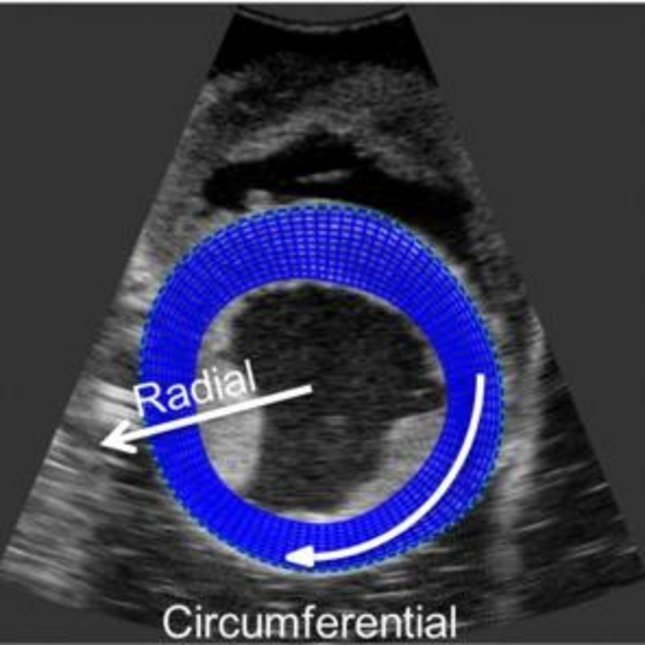
A dysfunctional heart restricts daily activity and reduces quality of life. Determination of patients’ cardiac function is therefore an important part of diagnosis. Ultrasound is the most commonly used tool for the clinical assessment of cardiac function. This is due in part to the speed of acquisition, as well as the ease of use and low overall cost. It also benefits from a high temporal resolution, which is crucial when imaging the heart, as it moves and deforms rapidly.
The goal of this project is to develop new techniques, using image and signal processing, for the improved quantitative assessment of the heart. These techniques are first validated using simulations and ex vivo experiments. A method currently under development is ultrasound strain imaging. Using strain imaging, we have recently investigated the effect of pathologies and mechanical circulatory support devices on the deformation of the heart. Current work is focused on expanding these studies into the clinic, and the application of this method to new acquisition techniques (ultrafast and 3D ultrasound).
Bachelor-end projects, internships and MSc projects are available or can be designed in consultation with the supervisors (Louis Fixsen (PhD) & Richard Lopata).